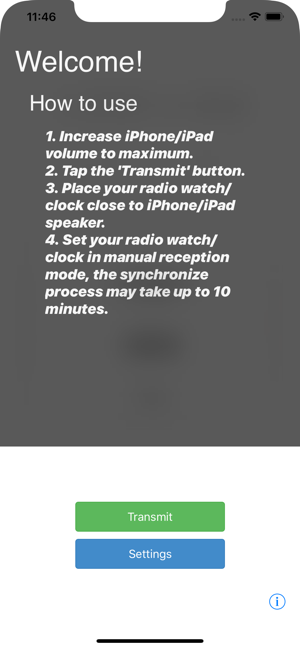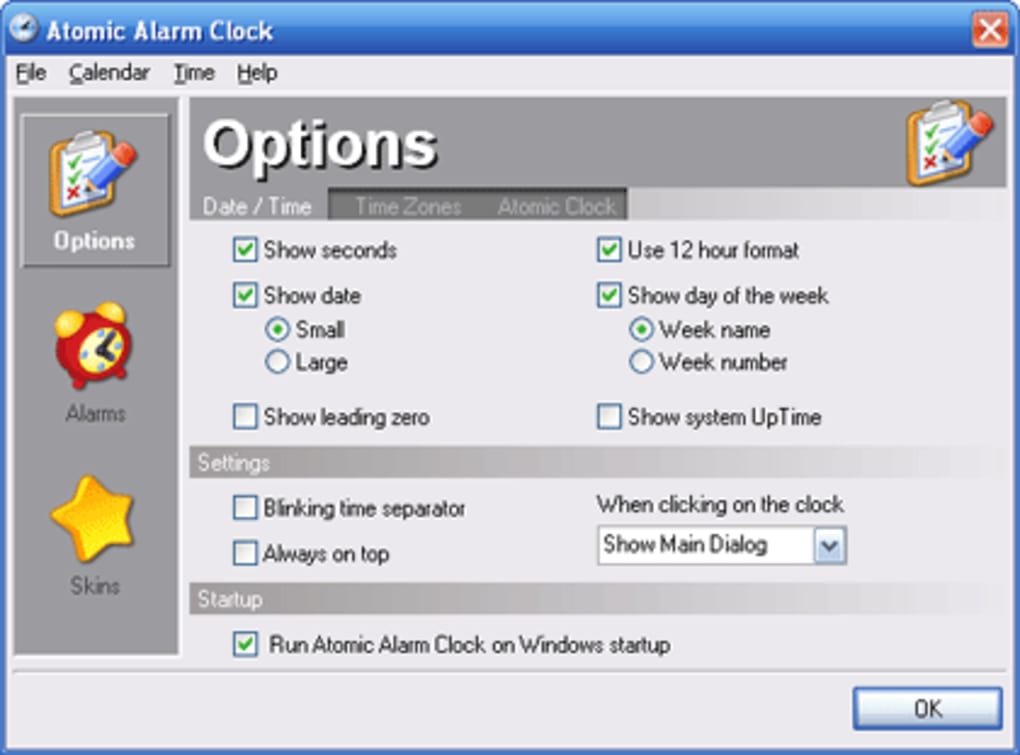
By Konstantin Bikos and Anne Buckle
Our SA.3Xm Miniature Atomic Clock (MAC) is not only the world’s first Coherent Population Trapping atomic clock, but also cost effective and easily adaptable to a wide variety of timing and synchronization applications.

Oct 19, 2012 Atomic clocks are currently the most accurate clock that is able to be cheaply produced. While still expensive, the next most accurate clock is well over five times as much. GPS time can be off up to 15-30 seconds due to latency between the satellites and the receiving device. The 3.5 version of Atomic Clock Sync is available as a free download on our software library. Atomic Clock Sync lies within Internet & Network Tools, more precisely Network Tools. This download was checked by our antivirus and was rated as clean. Popular paid Alternatives to Atomic Clock Sync for Windows, Software as a Service (SaaS), Mac, Linux, Web and more. Explore apps like Atomic Clock Sync, all suggested and ranked by the AlternativeTo user community.
International Atomic Time (TAI) is one of the main components of Coordinated Universal Time (UTC), the time scale used to determine local times around the world. It tells us at which speed our clocks should tick.

TAI Keeps the Pace

Two components are used to determine Coordinated Universal Time (UTC):
- International Atomic Time (TAI) is a time scale that uses the combined output of some 400 highly precise atomic clocks. It provides the exact speed at which our clocks tick.
- Universal Time (UT1), also known as astronomical time, refers to the Earth's rotation. It is used to compare the pace provided by TAI with the actual length of a day on Earth.
How is TAI Measured?
International Atomic Time is an extraordinarily precise means of time-keeping. Atomic clocks deviate only 1 second in up to 100 million years.
The secret to this impeccable precision is the correct measurement of the second as the base unit of modern time-keeping. The International System of Units (SI) defines one second as the time it takes a Cesium-133 atom at the ground state to oscillate exactly 9,192,631,770 times.
Atomic clocks are designed to detect this frequency, most of them today using atomic fountains; a cloud of atoms that is tossed upwards by lasers in the Earth's gravitational field. If one could see an atomic fountain, it would resemble a water fountain.
To achieve the highest possible level of accuracy, the International Bureau of Weights and Measures combines the output of about 400 atomic clocks in 69 national laboratories worldwide to determine TAI. The time scale is weighted, prioritizing the time signal provided by institutions that maintain the highest quality of primary cesium.
Why Use UTC – Not TAI?
The high level of precision achieved by using atomic clocks is both a blessing and a curse. On the one hand, accurate time-keeping is a necessity, for example for time-sensitive technology, such as modern air traffic control systems that rely on satellite navigation.
How To Set An Atomic Clock

Free Atomic Clock Sync
On the other hand, TAI does not take into account the Earth's slowing rotation, which determines the length of a day. For this reason, TAI is constantly compared to UT1. Before the difference between the two scales reaches 0.9 seconds, a leap second is added to UTC.